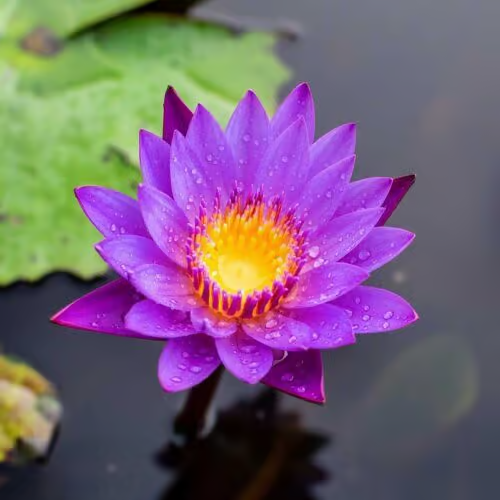The blue lotus, a water lily revered in various cultures such as ancient Egyptian and Hindu traditions, is known for its associations with relaxation and spiritual enlightenment. It can be grown from seeds, thriving in warm, sunny areas with abundant water. Scientifically called Nymphaea nouchali caerulea, also known as Nymphaea caerulea, Nymphaea capensis, blue water lily, Lady Lily of the Nile, or Egyptian lotus, this perennial aquatic plant originates from South Africa.
Blue lotus seeds can be directly sown in a container filled with nutrient-rich, clay-based soil that retains moisture well. The seeds need ample water to germinate, so it’s best to keep the container filled to a depth of at least 4 inches. After a few days, the seeds will begin to sprout and can then be transferred to a container with water and soil. For successful growth, blue lotus seeds require plenty of sunlight.
Nymphaea caerulea, with a history spanning thousands of years, has several uses today. A popular method involves soaking the dried flowers in red wine overnight, then straining and consuming in moderation, producing relaxing and sedative effects that contribute to a sense of contentment. The flowers can also be smoked on their own or in blends.
The genus name Nymphaea is derived from the Greek word nymphaia, meaning water nymph. Both the rhizomes and seeds of the plant are edible. N. caerulea, also referred to as N. caerulea ssp. zanzibarensis, is a naturalized water plant in New South Wales (NSW) and Queensland (QLD), replacing the native Nymphaea gigantea, which has become locally extinct due to sedimentation and increased disturbance of waterways. In Australia, it is commonly called the Blue Waterlily, while the term “Lotus” refers to Nelumbo species.

